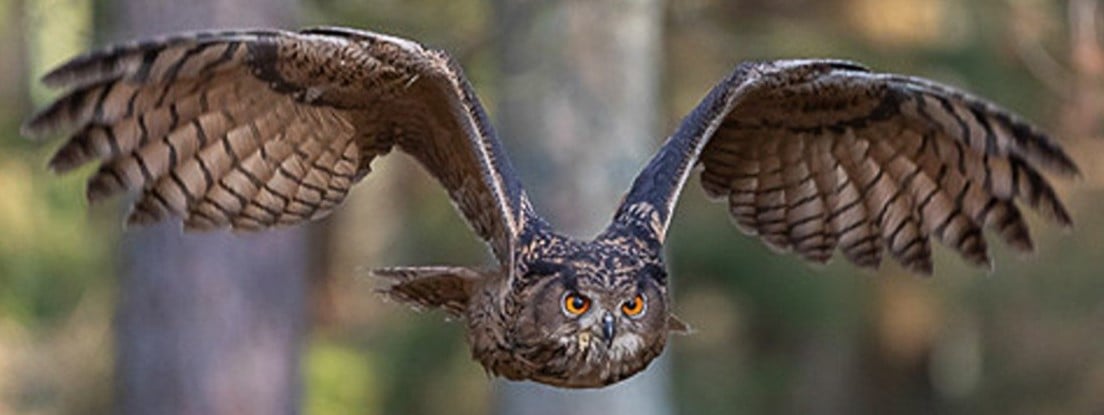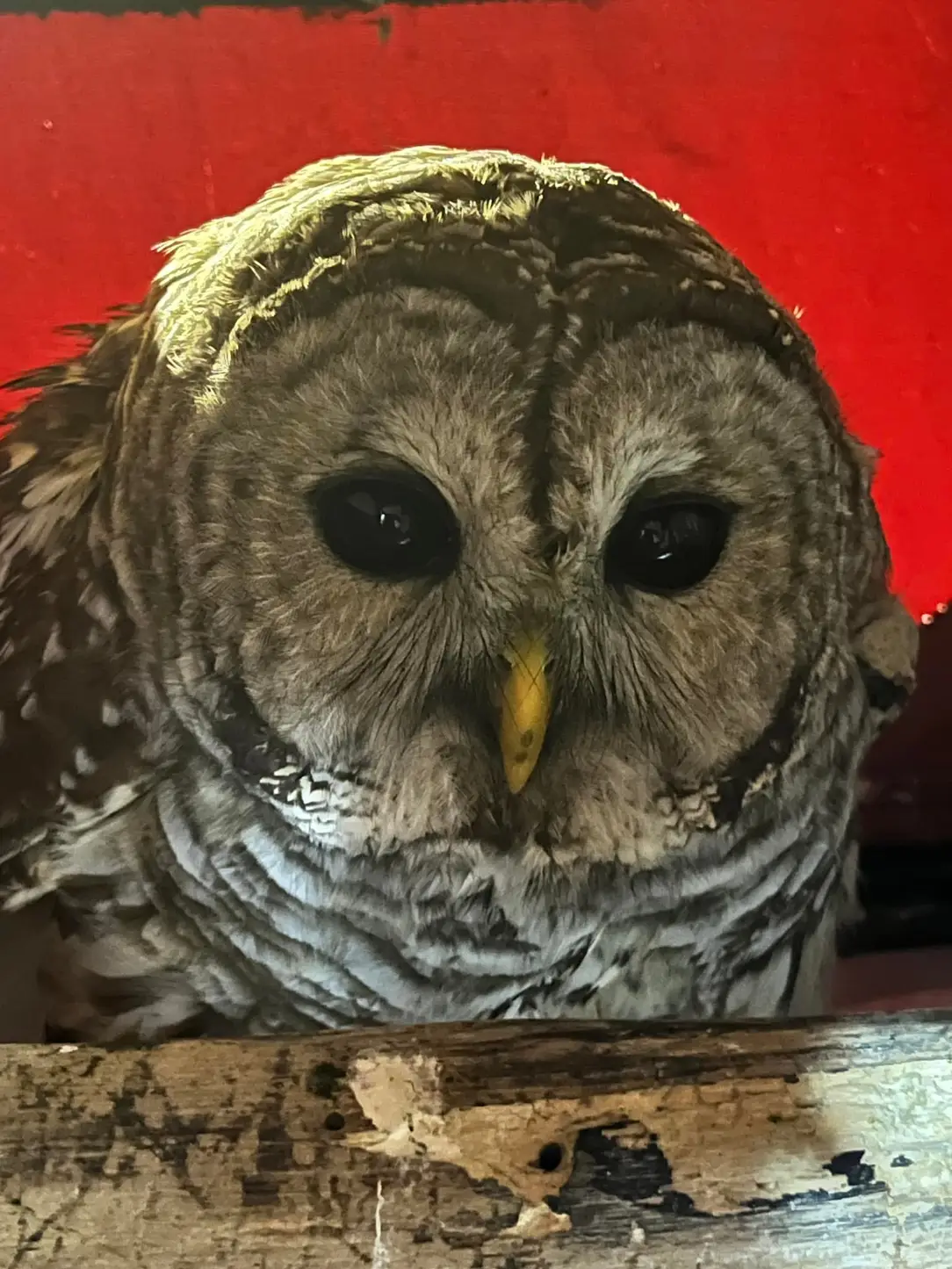Superbowl
For owls that are superb.

US Wild Animal Rescue Database: Animal Help Now
International Wildlife Rescues: RescueShelter.com
Australia Rescue Help: WIRES
Germany-Austria-Switzerland-Italy Wild Bird Rescue: wildvogelhilfe.org
If you find an injured owl:
Note your exact location so the owl can be released back where it came from. Contact a licensed wildlife rehabilitation specialist to get correct advice and immediate assistance.
Minimize stress for the owl. If you can catch it, toss a towel or sweater over it and get it in a cardboard box or pet carrier. It should have room to be comfortable but not so much it can panic and injure itself. If you can’t catch it, keep people and animals away until help can come.
Do not give food or water! If you feed them the wrong thing or give them water improperly, you can accidentally kill them. It can also cause problems if they require anesthesia once help arrives, complicating procedures and costing valuable time.
If it is a baby owl, and it looks safe and uninjured, leave it be. Time on the ground is part of their growing up. They can fly to some extent and climb trees. If animals or people are nearby, put it up on a branch so it’s safe. If it’s injured, follow the above advice.
For more detailed help, see the OwlPages Rescue page.
view the rest of the comments

X-ray Image
Bone has been set. You can see the coiled neck vertebrae that let them turn their head in all those crazy directions.
That's a lot of tiny bones in what looks like a pretty short neck (at least from the outside). Also interesting how the blood flow works. You mentioned a little bit about that before, so I got curious and found this:
That's a nice write up in your link. I'll have to read that today.
I believe the neck typically looks short because the coil of bones is typically relaxed down into itself, but if they need to do that rotation where the eyes end up at the bottom or they go into the defensive posture where they try to initiate a branch, then they can stretch it out long
I still want to do a write up about their respiratory system with all the air sacs they have. It's really cool they basically have a natural fighter pilot pressure suit, with reserves of air and blood so they don't blackout or redout from the maneuvers they do.
There was a lot in that article. Don't share it too much or you could put me out of a job! It has most of the stuff I've covered in the last year here! 😜
It was interesting they listed owls as having anisodactyl feet (3 front toes, 1 rear toe) as I always see them listed as zygodactyl (2 + 2). Searching showed a few others listing owls as anisodactyl, but the majority seems to refer to them as zygodactyl. I feel in pics, zygodactyl seems to be much more common when they sit, plus it's always zygodactyl when they're grabbing prey.